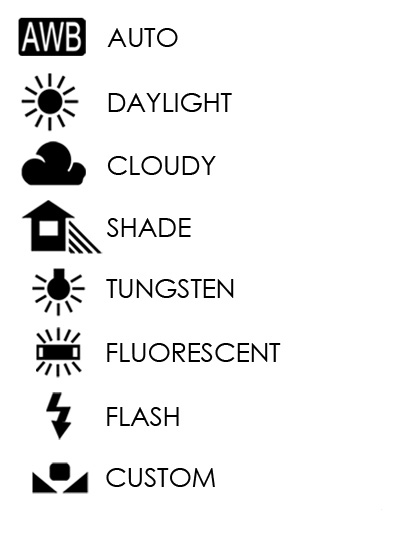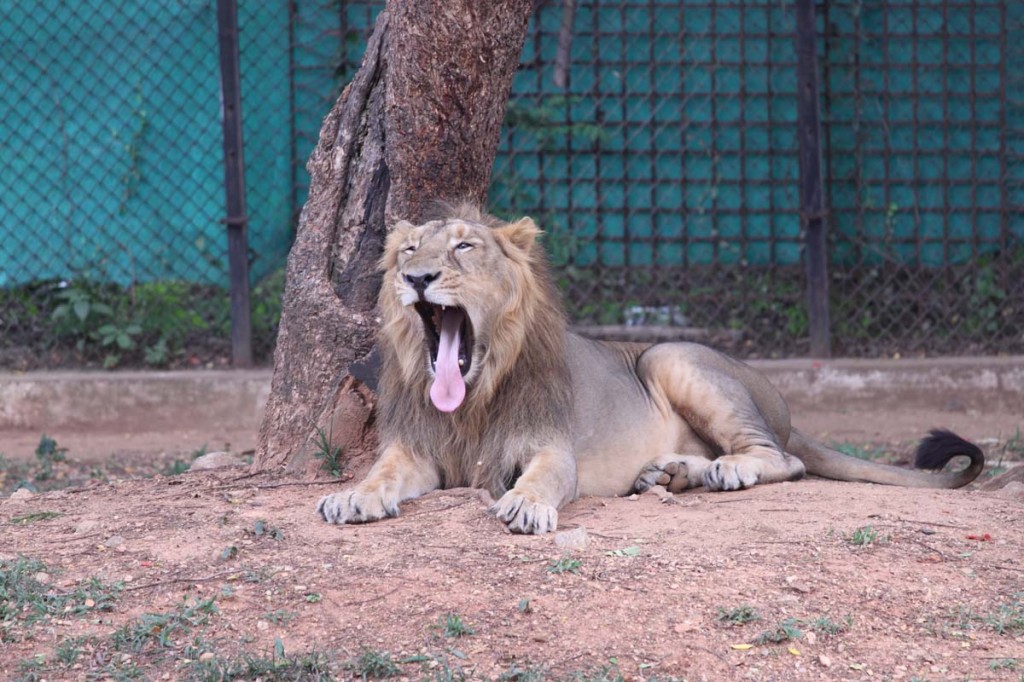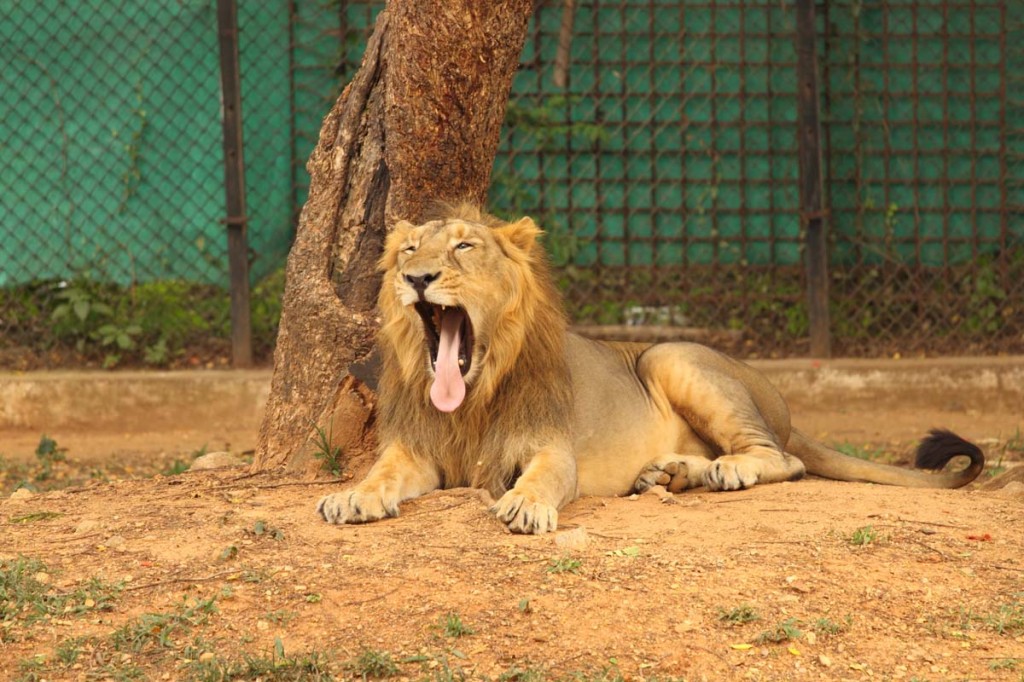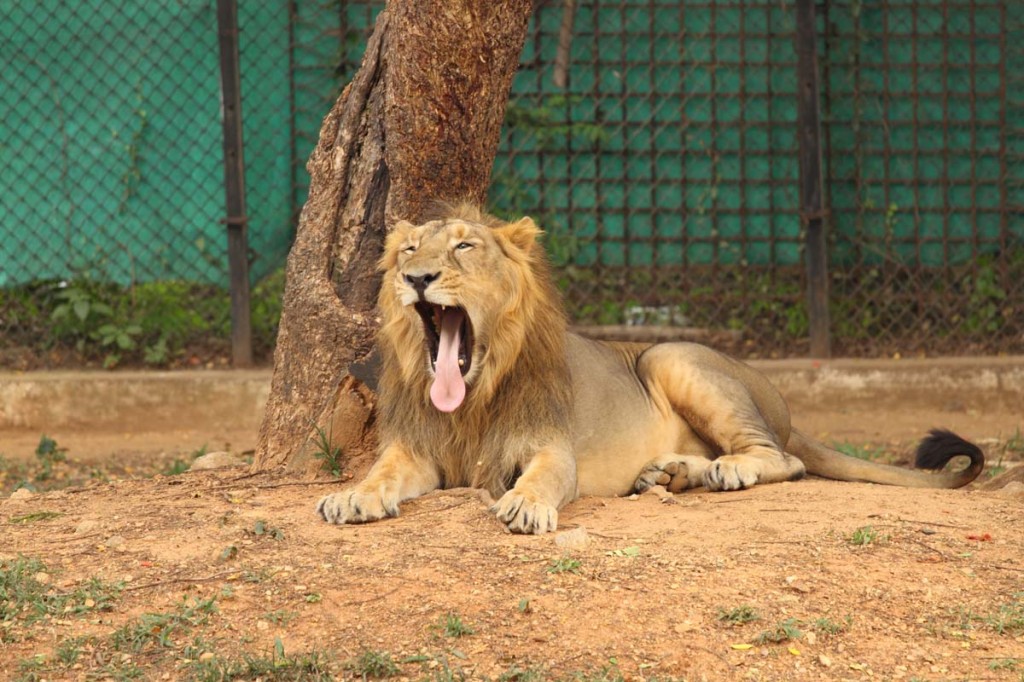Understanding Camera White Balance
White balance is actually the process involving the removal of unwanted color casts from the picture. Only the right camera white balance settings can give you the right color temperature. It is the white balance, which sets the mood of the picture. So, understanding camera white balance settings is essential.
Color Temperature
Now the question is what is color temperature? Color temperature is used for describing the spectrum of light that gets radiated from the surface of a black body with the same surface temperature. So, how are camera white balance and color temperature related? Different lighting conditions like daylight, cloudy, shade, and tungsten light are almost similar to the light created by the black bodies, hence they are related.
The table given below (color temperature chart)will give you an idea of how color temperature is related to different light sources:
|
Color Temperature in K |
Source of Light |
|
1000-2000 K |
Candlelight |
|
2500-3500 K |
Tungsten Bulb |
|
3000-4000 K |
Clear Sky |
|
4000-5000 K |
Fluorescent Lamps |
|
5000-5500 K |
Electronic Flash |
|
5000-6500 K |
Daylight with Clear Sky |
|
6500-8000 K |
Moderately Overcast Sky |
|
9000-10000 K |
Heavily Overcast Sky |
Auto White balance
All digital cameras and SLR cameras come with the Auto White Balance feature. Most of the photographers will be setting their camera white balance settings to this one. I would not recommend going with this setting because if you use the automatic mode then you will never learn white balance settings. Also, in tricky lighting conditions, there is a chance that the camera may not be able to select the correct white balance for you.
If you own a DSLR camera and if you are shooting in RAW then it is OK to go with Auto White balance as the RAW format gives you the option to change the white balance during post-processing. But, if you own a normal digital camera then you should select the appropriate white balance depending on the scene and lighting conditions.
Preset White Balances
Almost all digital cameras come with preset white balances. You can select any one from these depending on the situation.
The above shown white balances are arranged in the increasing order of color temperature (from top to bottom). I recommend you to keep the default white balance as cloudy rather than the Auto white balance. This will give more warmth to the image.
Let us see, how the mood of the picture changes with different white balances.

Different White Balance options in a camera

White Fluroscent Light White Balance

Tungsten White Balance

Shade White Balance

Flash White Balance

Cloudy White Balance

Auto White Balance

Daylight White Balance
Custom White Balances
Certain cameras, especially DSLR cameras allow you to set the custom white balance. You can select the color temperature according to your choice. Most photographers use this feature to set their signature style white balance.
In certain camera models, you will be having the option of more than one custom white balance. So, you can set one for landscape, one for portrait, and one for macro. In this way, you can save some time before taking a shot. More than 30 percent of the time is spend on setting these parameters
The RAW Advantage
The RAW format gives you the ability to apply the white balance after taking the photo. This is a good option. The main advantage of shooting in RAW is that you fine-tune white balance during post-processing. Also, you will get better control over the color temperature as you can move the slider to select one rather than choosing the available presets.

